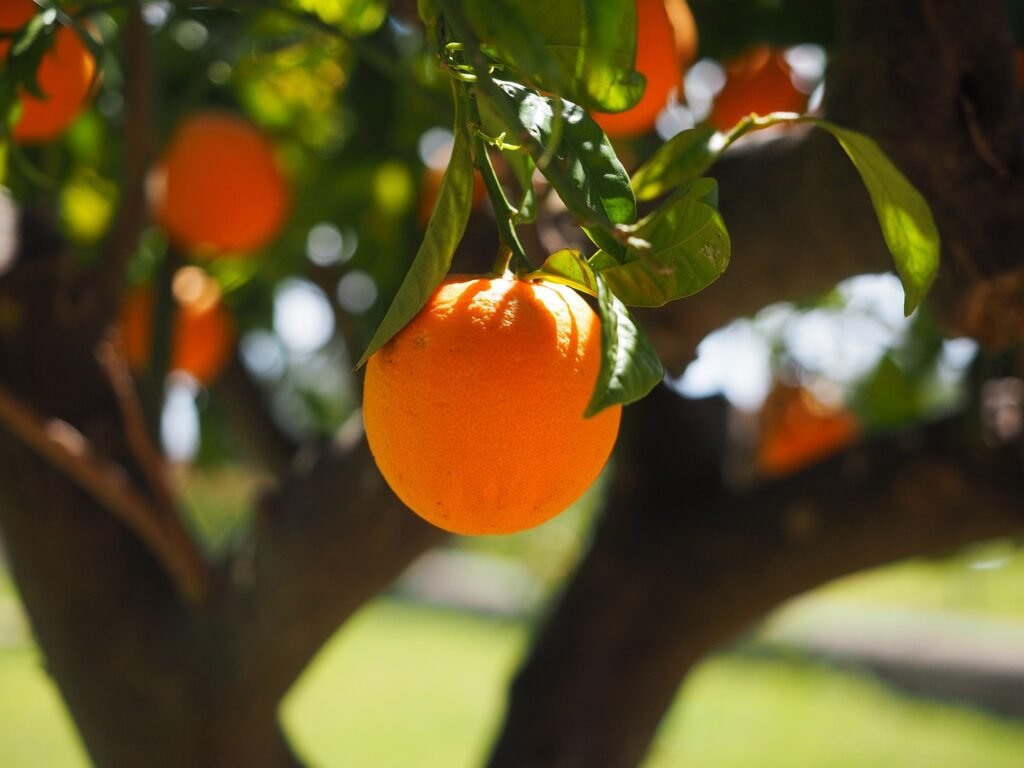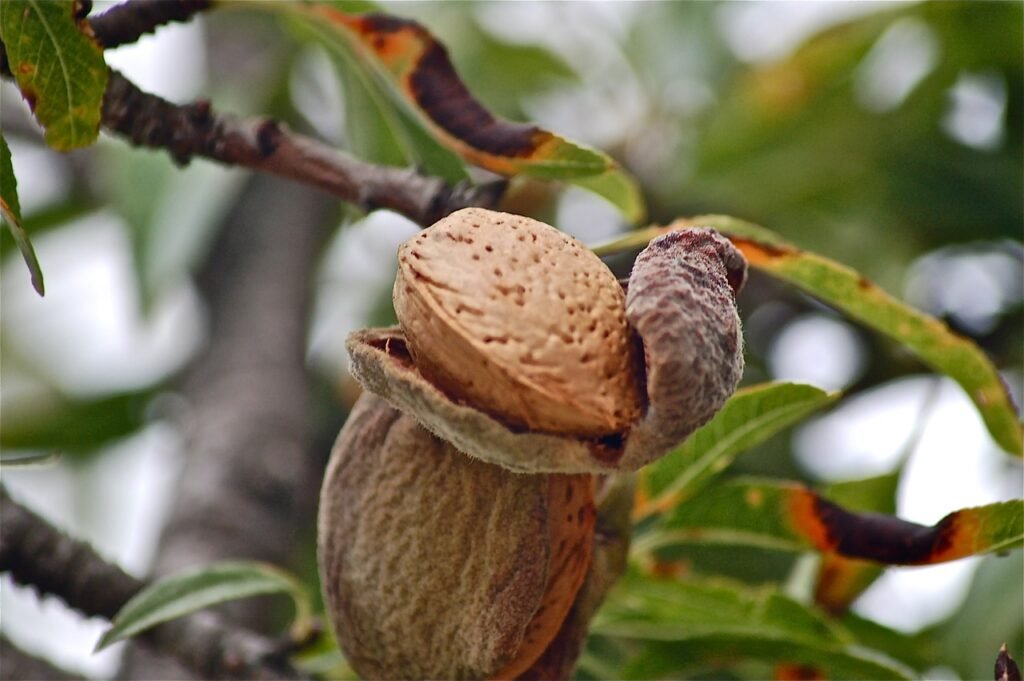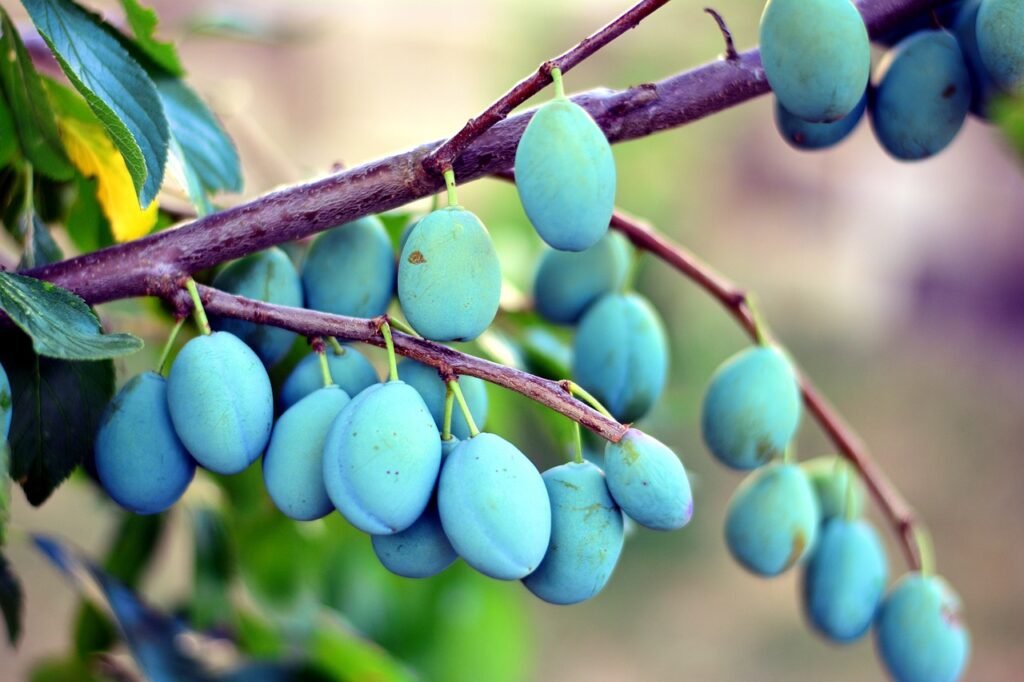Trees
Palm Trees
In Spain, several types of palm trees are grown, both native and introduced. Some of the main types of palm trees that can be found in Spain include:
- Phoenix canariensis (Canary Island Date Palm): This is a native palm to the Canary Islands and is widely cultivated in Spain. It’s known for its tall, thick trunk and long, arching fronds.
- Washingtonia robusta (Mexican Fan Palm): Originally from Mexico, this palm tree has been widely adopted in Spain. It has a slender trunk and fan-shaped leaves.
- Phoenix dactylifera (Date Palm): This palm is cultivated for its sweet fruit, the date. It’s not native to Spain but has been grown there for centuries.
- Chamaerops humilis (European Fan Palm): This is the only palm species native to continental Europe and is commonly found in Spain. It’s a smaller palm with fan-shaped leaves.
- Trachycarpus fortunei (Chinese Windmill Palm): Native to China, this palm is well-suited to the Spanish climate. It has a hairy trunk and fan-shaped leaves.
- Sabal minor (Dwarf Palmetto): This palm is native to the southeastern United States but is also grown in parts of Spain.
These are just a few of the many palm species that can be found in Spain. The country’s favourable climate allows for a diverse range of palms to be cultivated successfully.

Palm Tree
- Sapling (1-2 years)
- Young Tree (3-5 years)
- Mature Tree (6-10 years)
- Fully Grown (over 10 years)
Olive Trees
Spain is renowned for its diverse olive tree varieties. The main types of olive trees grown in Spain include:
- Picual: This is the most widespread variety in Spain, especially in the region of Jaén. It produces olives with a strong flavor and is known for its high yield and resistance to cold.
- Hojiblanca: Predominantly found in Andalusia, this variety is known for its dual-purpose, being used for both table olives and olive oil production.
- Arbequina: Originating from Catalonia, this variety is now grown in various parts of Spain. It’s recognized for its small, fruity olives that yield a mild, sweet oil.
- Cornicabra: Mainly cultivated in the Toledo and Ciudad Real provinces, this variety is the second most important in terms of oil production in Spain.
- Manzanilla: Grown primarily in Seville, this variety is renowned for its green table olives.
- Empeltre: This variety is typical of the Ebro Valley and the Balearic Islands. It’s known for its black olives used for oil extraction.
- Lechín: Found in Andalusia, especially in Seville and Granada, this variety is used both for oil production and as table olives.
- Verdial: Grown in various regions of Spain, this variety is mainly used for table olives.
These are just a few of the many olive tree varieties cultivated in Spain, each contributing to the country’s rich olive oil heritage and diverse flavour profiles.

Olive Tree
- Sapling (1-2 years)
- Young Tree (3-5 years)
- Mature Tree (6-10 years)
- Ancient or Monumental (over 50 years)
Pomegranate Trees
In Spain, several types of pomegranate trees are grown, but the most prominent ones include:
- Mollar de Elche: This is one of the most famous and widely cultivated varieties in Spain, especially in the Elche region. The fruit is large with a pale pink to deep red aril color. The taste is sweet, and it’s known for its juicy texture.
- Valenciana: Another popular variety, the Valenciana pomegranate has a bright red skin and arils. It’s sweet and slightly acidic.
- Wonderful: Although this variety is originally from the USA, it has found its way to Spain and is now cultivated in various regions. It’s known for its deep red arils and sweet-tart flavor.
- Acco: This variety is known for its early ripening and has a sweet flavor with a hint of tartness.
- Baleares: As the name suggests, this variety is popular in the Balearic Islands. It’s known for its sweet taste and deep red arils.
- Granada: This is a general term used for the common pomegranate varieties grown in Spain. The fruit is medium to large with a sweet flavour.
These are some of the main types of pomegranate trees cultivated in Spain. Each variety has its unique taste, size, and color, catering to different market demands and consumer preferences.
Fruit Trees
Citrus Trees (Citrus spp.)
Citrus trees like orange, lemon, and lime are commonly found in southern Spain. They are highly valued for their juicy fruits.
Fig Tree (Ficus carica)
Fig trees are another common sight in southern Spain. They produce sweet, nutritious figs that are enjoyed fresh or dried.
Almond Tree (Prunus dulcis)
Almond trees are widely cultivated in southern Spain for their nuts, which are used in various Spanish dishes and desserts.
Cherimoya Tree (Annona cherimola)
The Cherimoya tree is known for its delicious, tropical fruit, which is often referred to as “custard apple.”
Mango Tree (Mangifera indica)
Mango trees are increasingly popular in southern Spain, particularly in the Canary Islands and Andalusia. They produce juicy, tropical mangoes.
Avocado Tree (Persea americana)
Avocado trees are grown for their creamy, nutritious fruits. They are becoming more common in regions like Malaga.
Peach Tree (Prunus persica)
Peach trees are known for their sweet, juicy fruits and are commonly found in various parts of southern Spain.
Apricot Tree (Prunus armeniaca)
Apricot trees produce sweet, orange-colored fruits and are well-suited to the climate in southern Spain.
Plum Tree (Prunus domestica)
Plum trees are grown for their sweet and tart fruits, which can be eaten fresh or used in various recipes.



Talk to us
With years of experience in nurturing and understanding the soul of these trees, we invite you to experience the magic of Southern Spain. Each tree has a story, a history, and a legacy. Let’s embark on this green journey together.

